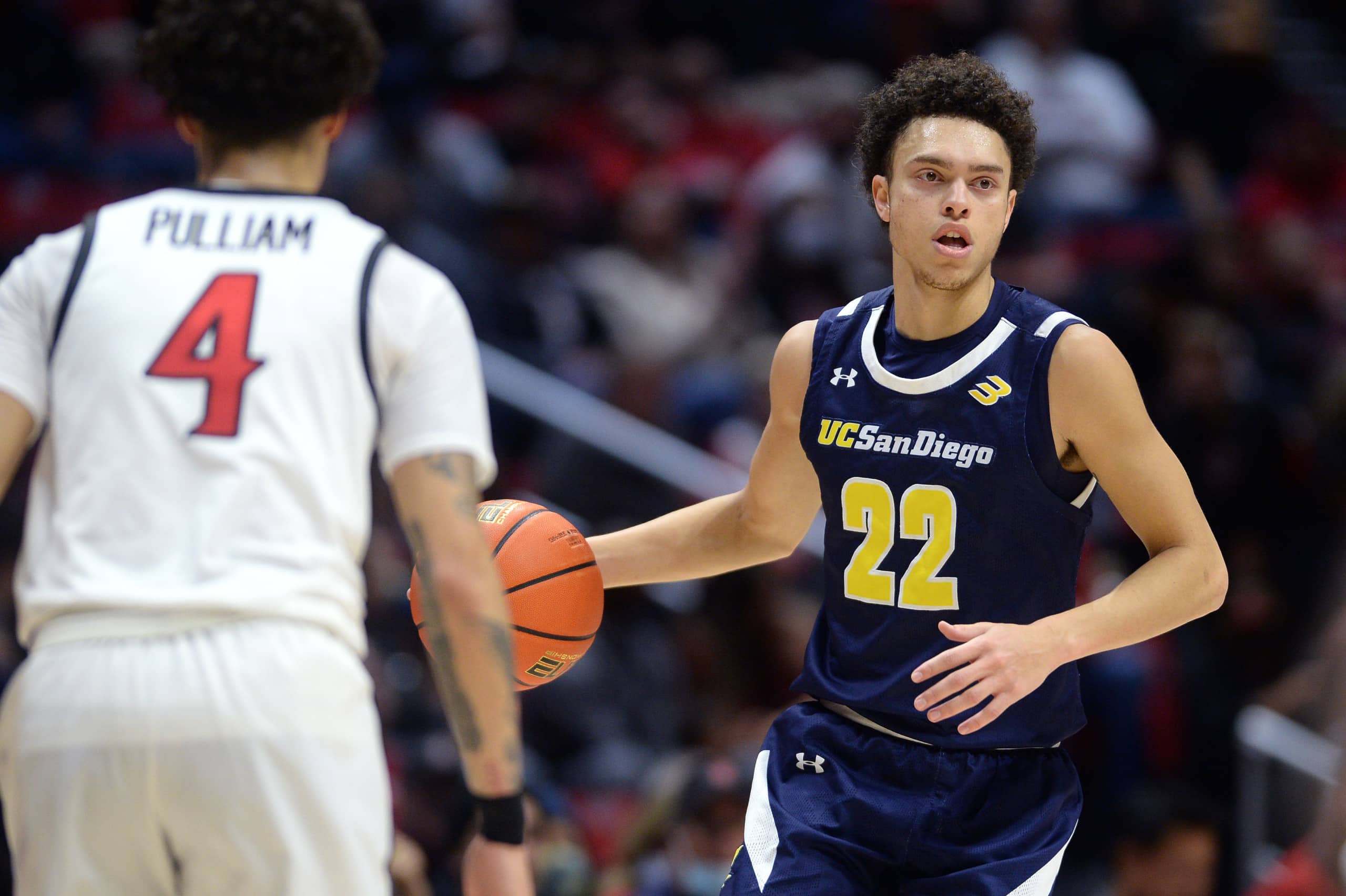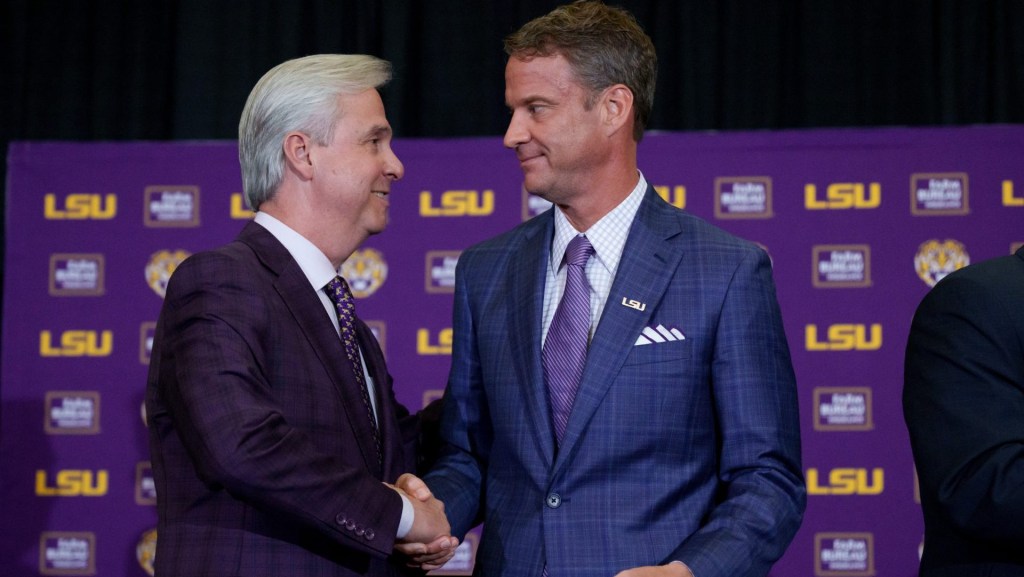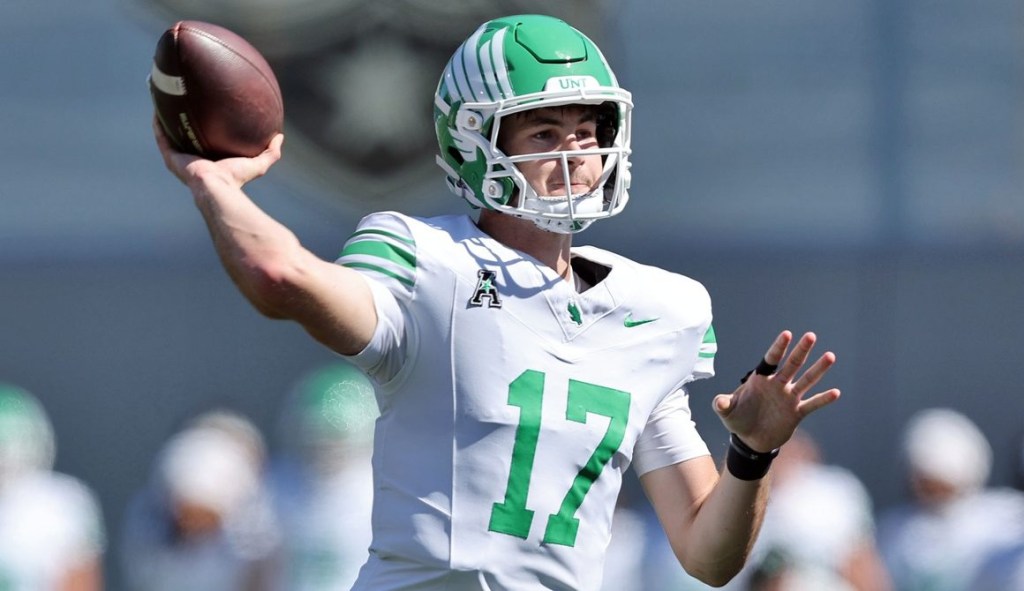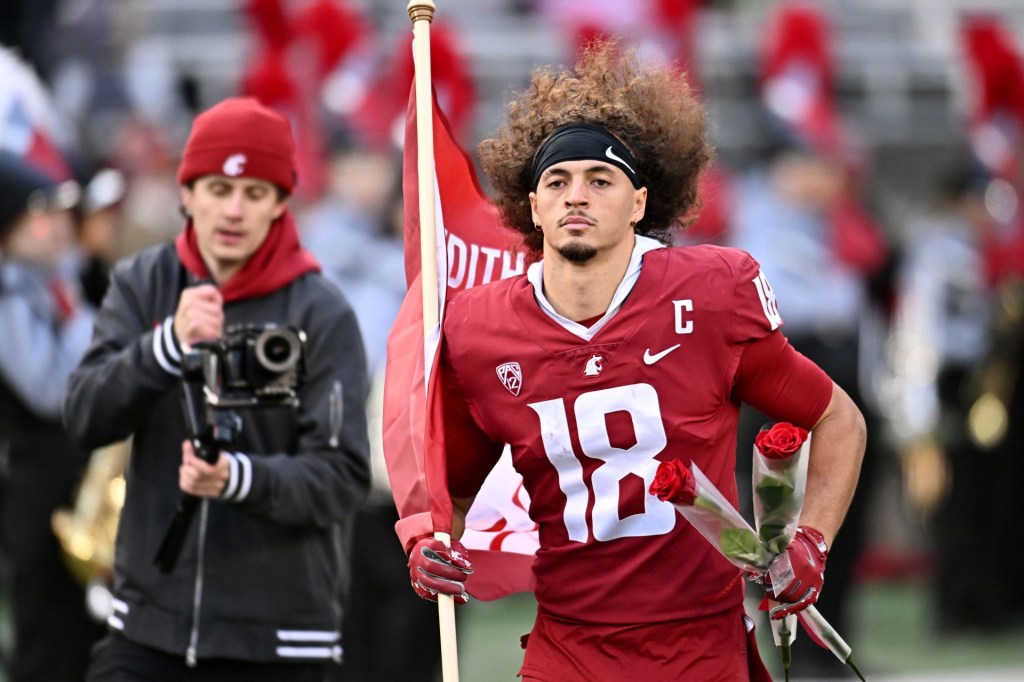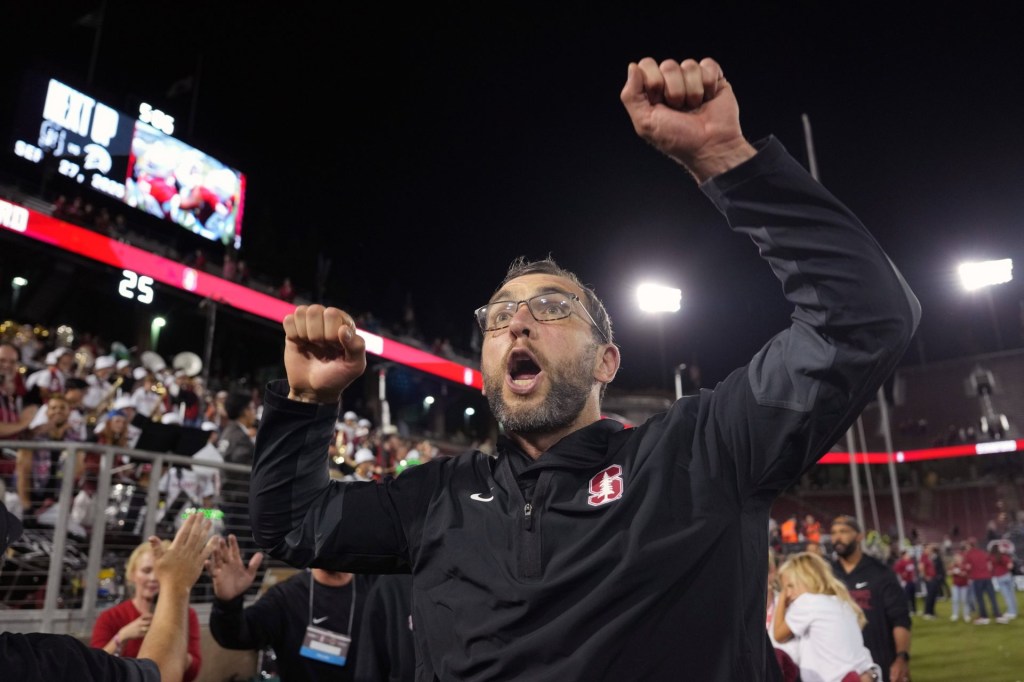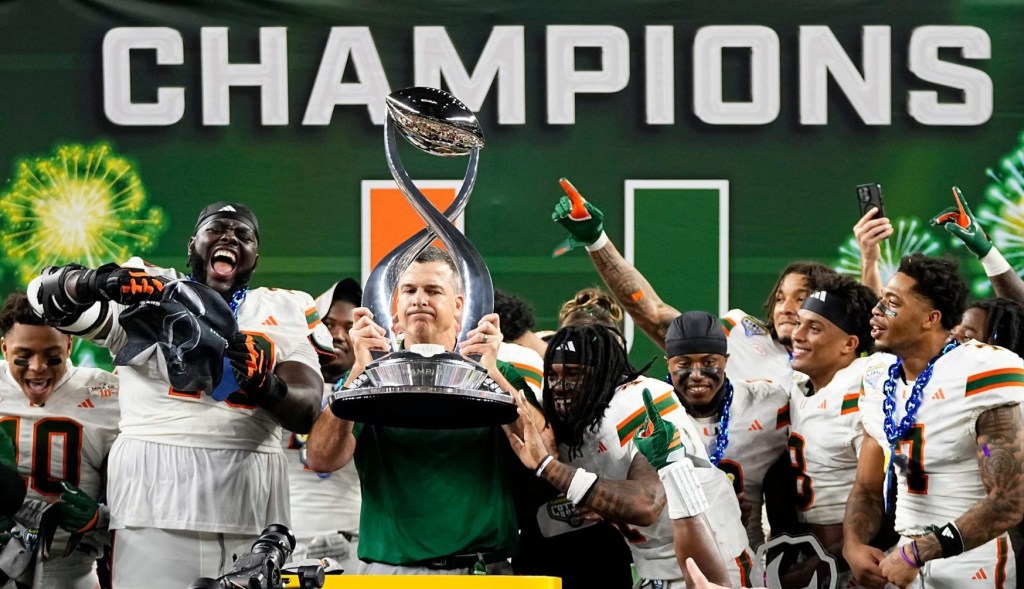This year, 16 NCAA schools are in the process of making the jump from Division II to Division I, FCS to FBS, and even Division III to Division I. That’s about four times more than usual, former NCAA employee and current Briar Cliff professor Stephen Clar told Front Office Sports.
Half began their transformation journey in the last 12 months.
Why? For many schools, jumping divisions has always been enticing, Lindenwood athletic director Jason Coomer, who is embarking on his second job at a school that’s reclassifying, told FOS.
But the conference realignment set off last year by Texas and Oklahoma “opened doors for institutions that, seven, eight years ago, there wasn’t an outlet for them to take, or an avenue into a new league.”
Now, there’s a frenzy of D-I conferences collecting new members — even if that means dipping into D-II or D-III.
The process isn’t easy however, and requires navigating a multi-year bureaucratic labyrinth. Schools who embark on the process are also doing so while a pending restructure of D-I looms in the background.
In January, the NCAA ratified a new constitution. As a result, no one knows what the division will look like in the future — least of all the members applying to join it.
The Benefits
The allure of a higher classification begins with a better athletic program, but it extends to the entire university.
Schools can tout their elevated status to potential recruits, and gain access to steeper competition. The schools that have top-notch research or academic facilities will also have top-notch athletic programs to match.
At UC San Diego, which is in the middle of reclassifying from D-II to D-I, athletic director Earl Edwards told FOS he hopes the move will help increase school spirit.
But for all schools, money is the most obvious benefit:
- Fundraising is often easier in a higher division. Edwards said a $5 million alumni donation helped fund UCSD’s new on-campus arena. “That would never happen if we weren’t in D-I.”
- Schools in D-I gain access to prize money for eligibility, participation, and prowess in the men’s basketball tournament. The fund this past year topped $233 million.
- They can play non-conference games with guaranteed payouts from powerhouse schools. A guaranteed game for football pays out $350,000-$400,000, while a men’s basketball game pays $80,000-$100,000, Coomer said.
- Schools will receive conference media rights revenue.
- Some, like Sam Houston State and James Madison who will move from D-I FCS to FBS, will eventually gain access to bowl game revenue.
The platform of Division I, from access to linear television deals to a potential run in a D-I championship tournament, also provides major marketing and branding resources for schools in general.
“You hope, ultimately, that it will help drive enrollment,” Southern Indiana athletic director Jon Mark Hall told FOS — his program is just beginning its reclassification journey from D-II to D-I.
The Process
The major benefits of reclassifying don’t come easily, however. Schools can’t even submit an application until they receive a bid from a higher-division conference. Then, they embark on an arduous, multi-year process.
The shortest application period — moving from FCS to FBS — takes two years. Going from D-II to D-I takes four. Making the jump from D-III to D-I takes five.
There’s a one-time application fee that costs between $1.5-$2 million. Then, schools must meet a strict set of requirements designed to ensure they have the money and resources to compete at a higher level.
In the meantime, they’re often spending big on upgrades, like stadiums, while they wait to be eligible for revenue. They may have a more difficult time recruiting given that they’re prohibited from NCAA championship participation during the transition. And the NCAA can halt their progress at any time.
Not every school has the capability to make it through this process. The ones who do are likely already at the top of their division in multiple sports — and in what Coomer describes as a “strong financial position.”
It also helps to be ahead of your time. “We have built infrastructure and our operating model after the group of five for a number of years now,” James Madison athletic director Jeff Bourne told FOS. The school joins the Sun Belt Conference this year.
The Caveat
A Transformation Committee in D-I could reshape the structure, financial distribution system, and membership qualifications for the division.
It’s unclear how things will shake out. But there’s concern that schools lower down on the totem pole will receive less funding. It might also be harder to qualify for reclassification in the future.
Many schools, however, think it’s worth the risk — especially those who decided to apply for reclassification after the constitutional convention was announced.
But that doesn’t mean there isn’t trepidation. “How can we plan for the future when we don’t know what those mandates are going to be?” Coomer said.
Some schools, like UC San Diego, submitted their application before the Transformation Committee was even a whisper.
“I’m confident that whatever the new D-I looks like, we’ll be in a position to make the adjustment necessary to remain,” Edwards said. But he’s unsure if that will be the case for all of the schools in the transitional phase — or even some of D-I’s existing members.
